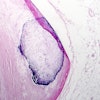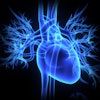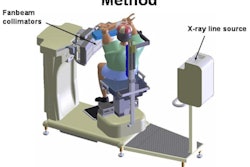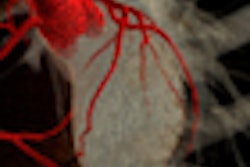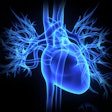Dear Cardiac Imaging Insider,
Coronary CT angiography (CTA) is proving to be a reliable way to triage chest pain patients in the emergency room. Thanks to its high negative predictive value for ruling out acute coronary syndrome, patients with normal cardiac enzymes and negative CTA have done well after being discharged. Increasing the anatomic coverage of the scan a bit lets doctors rule out pulmonary embolism and aortic dissection as well.
But it's hard to say goodbye. Whether for fear of undiagnosed myocardial infarction or lawsuits, an abundance of caution, or all of the above, most chest pain patients presenting to the emergency room are still admitted for observation, at great cost to the healthcare system.
This issue's Insider Exclusive features a discussion of chest pain patients and what to do with them, all from a talk by Dr. William Shuman, professor of radiology at the University of Washington School of Medicine in Seattle. Get this timely review before the rest of our AuntMinnie.com members can access it by clicking here.
But no cardiac imaging modality is an island. Researchers from Massachusetts General Hospital in Boston improved their ability to predict acute coronary syndrome by adding a T2-weighted sequence to their cardiac MRI protocol. The additional sequence allows emergency room physicians to visualize edema in the myocardium, a primary sign of acute injury, the researchers explain in Circulation.
Not to be outdone, stress testing based on myocardial blood flow measurements from contrast echocardiography accurately identifies significant coronary artery disease, according to a story by staff writer Erik L. Ridley. The method is both feasible and accurate, according to the team from Bern University Hospital in Switzerland.
On the other hand, a study from Leeds, U.K., found that sending T-elevation myocardial infarction patients straight from the ambulance to the cath lab saves time.
In myocardial perfusion SPECT, researchers are honing a new x-ray-based transmission method for attenuation correction that can produce high-quality, low-dose transmission scans within a minute. Get the intriguing details here in a story by staff writer Wayne Forrest.
On the low-dose front, Brigham and Women's Hospital radiologists aimed to make the phase window, hence the dose, as low as possible in prospectively gated 320-slice coronary CTA.
Simply scroll down for the rest of the news on the heartbeat, delivered fresh daily to your Cardiac Imaging Digital Community.


